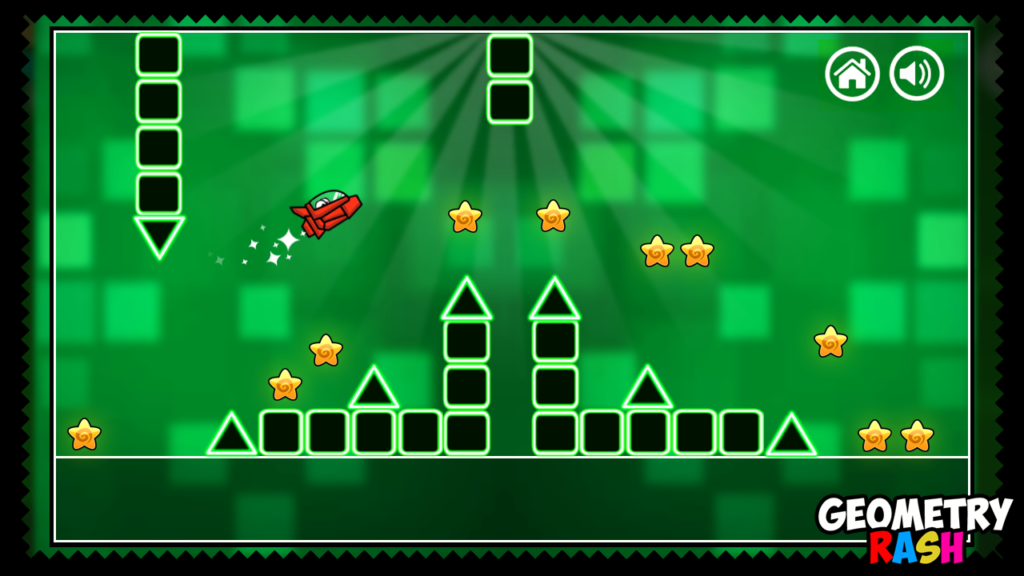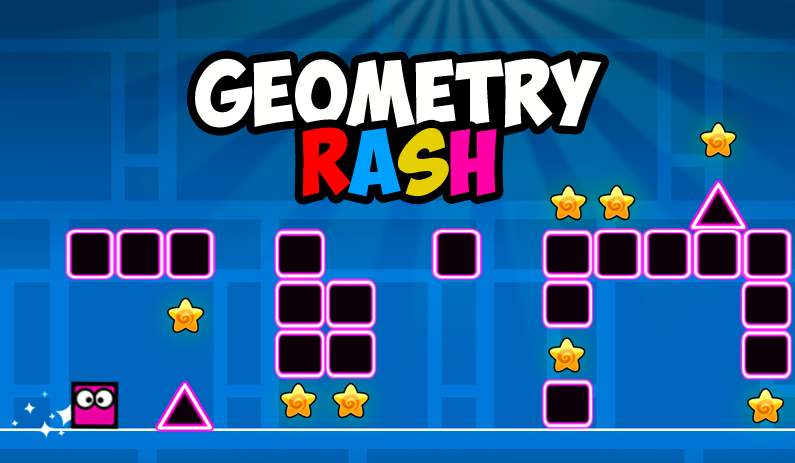Geometry rash is a term that has piqued curiosity among dermatologists and individuals alike. While it may not be a medical term recognized globally, it’s often used to describe skin rashes characterized by geometric shapes or patterns. This phenomenon can result from various underlying causes, ranging from allergic reactions to more complex skin conditions. In this comprehensive guide, we delve into the causes, symptoms, diagnosis, and treatment options for geometry rash.
What Is Geometry Rash?
Geometry rash refers to a skin condition where the rash appears in distinct geometric shapes such as circles, triangles, or grid-like patterns. This unique appearance often sets it apart from other types of skin rashes and can be an indicator of specific triggers or health conditions. The term is primarily descriptive and may be associated with conditions like contact dermatitis, viral exanthems, or even autoimmune disorders.

Common Causes of Geometry Rash
Understanding the causes of geometry rash is crucial for effective management. Below are some potential triggers:
1. Contact Dermatitis
Contact dermatitis occurs when the skin reacts to an irritant or allergen. The geometric pattern might arise due to exposure to items with distinct shapes, such as stencils, jewelry, or patterned clothing.
Common irritants:
- Nickel in jewelry
- Harsh detergents
- Certain fabrics
2. Viral Infections
Viral infections, particularly in children, can lead to rashes with unusual patterns. For instance, fifth disease (erythema infectiosum) caused by parvovirus B19 often exhibits lace-like geometric patterns on the skin.
3. Autoimmune Disorders
Conditions like lupus or dermatomyositis may cause rashes with unique shapes. These rashes are often photosensitive and can form symmetrical or geometric patterns, especially on sun-exposed areas.
4. Physical Triggers
Certain physical factors, such as pressure, heat, or repetitive friction, may cause a rash with geometric features. For instance, pressure urticaria can produce welts in specific shapes when pressure is applied.
Recognizing the Symptoms of Geometry Rash
Identifying a geometry rash involves examining its appearance and associated symptoms. Below are the key features:
1. Appearance
- Distinct geometric shapes like circles, lines, or grids
- Red, raised, or inflamed areas
- Symmetry in some cases
2. Accompanying Symptoms
- Itching or burning sensation
- Dry or scaly skin
- Swelling or blisters (in severe cases)
3. Duration
- Acute rashes may last a few days to weeks.
- Chronic rashes could persist for months, requiring medical intervention.
Diagnosing Geometry Rash
Proper diagnosis of geometry rash is essential for effective treatment. A dermatologist typically follows these steps:
1. Medical History
The doctor will inquire about:
- Recent exposures to potential allergens
- Existing medical conditions
- Family history of skin disorders
2. Physical Examination
The appearance and distribution of the rash are carefully examined. A geometric pattern often provides critical clues to its cause.
3. Diagnostic Tests
- Patch Testing: Identifies allergens causing contact dermatitis.
- Skin Biopsy: Helps diagnose autoimmune or other chronic skin conditions.
- Blood Tests: Checks for underlying infections or autoimmune markers.
Treatment Options for Geometry Rash
Managing geometry rash involves addressing the underlying cause and relieving symptoms. Below are some common treatment strategies:
1. Topical Medications
- Corticosteroid Creams: Reduce inflammation and itching.
- Antihistamines: Help alleviate allergic reactions.
- Moisturizers: Prevent dryness and promote skin healing.
2. Oral Medications
- Antihistamines: For severe allergic reactions.
- Antibiotics or Antivirals: If the rash is caused by bacterial or viral infections.
- Immunosuppressants: Used in autoimmune-related rashes.
3. Lifestyle Adjustments
- Avoid known triggers such as specific fabrics, detergents, or metals.
- Practice good skincare by using hypoallergenic products.
- Wear loose-fitting clothing to minimize friction and irritation.
4. Home Remedies
- Cold Compress: Reduces itching and swelling.
- Oatmeal Baths: Soothes irritated skin.
- Aloe Vera Gel: Promotes healing and reduces inflammation.

Preventing Geometry Rash
Prevention is often better than cure, and there are several steps you can take to minimize the risk of developing a geometry rash:
1. Identify and Avoid Triggers
Keep a diary of potential allergens or irritants that worsen your condition and avoid them when possible.
2. Protect Your Skin
- Use sunscreens with high SPF to prevent photosensitive reactions.
- Wear protective clothing when handling irritants.
3. Maintain Healthy Skin
- Moisturize regularly to prevent dryness.
- Choose gentle, fragrance-free skincare products.
When to See a Doctor
While most geometry rashes resolve with simple measures, some may require professional intervention. Consult a dermatologist if:
- The rash persists for more than two weeks.
- You experience severe itching, pain, or swelling.
- There are signs of infection, such as pus or fever.
- The rash is recurrent or worsening despite treatment.
Conclusion
Geometry rash, with its distinct geometric patterns, is a fascinating skin condition that can stem from various causes, including allergic reactions, viral infections, and autoimmune disorders. Recognizing its symptoms and understanding the underlying triggers is key to effective management. Whether through topical treatments, lifestyle changes, or professional medical care, geometry rash can be addressed to restore skin health and comfort.
If you or someone you know is dealing with a geometry rash, don’t hesitate to seek professional advice. Timely diagnosis and treatment can make a significant difference in managing this unique dermatological phenomenon.
